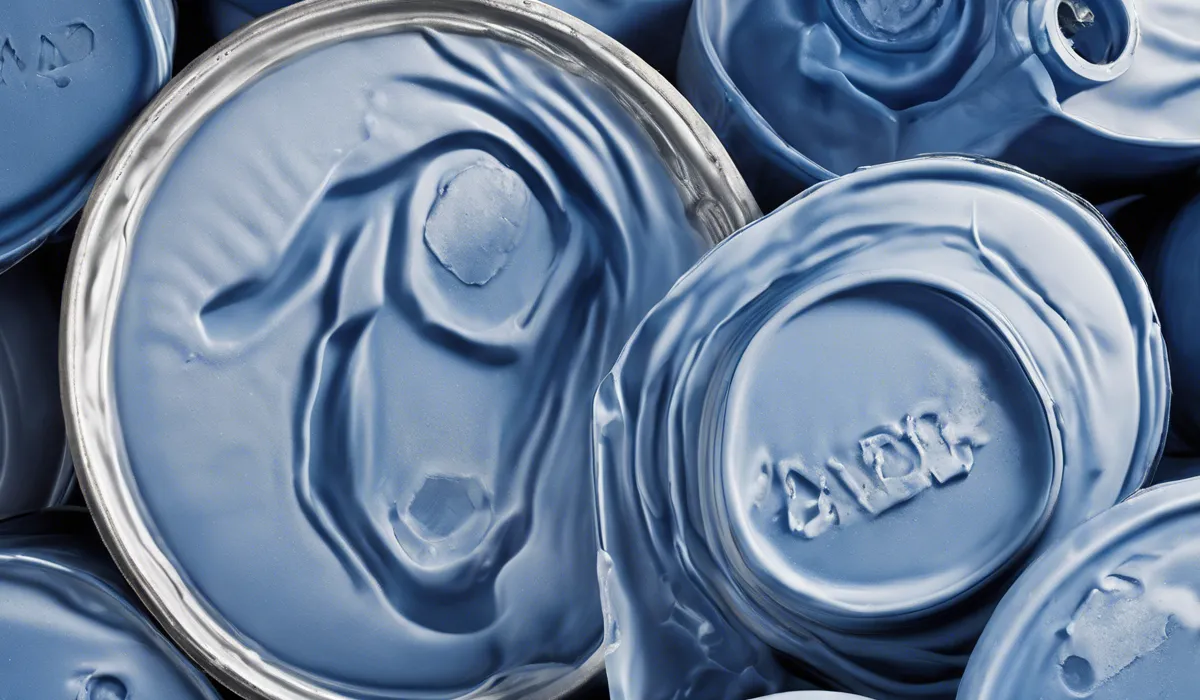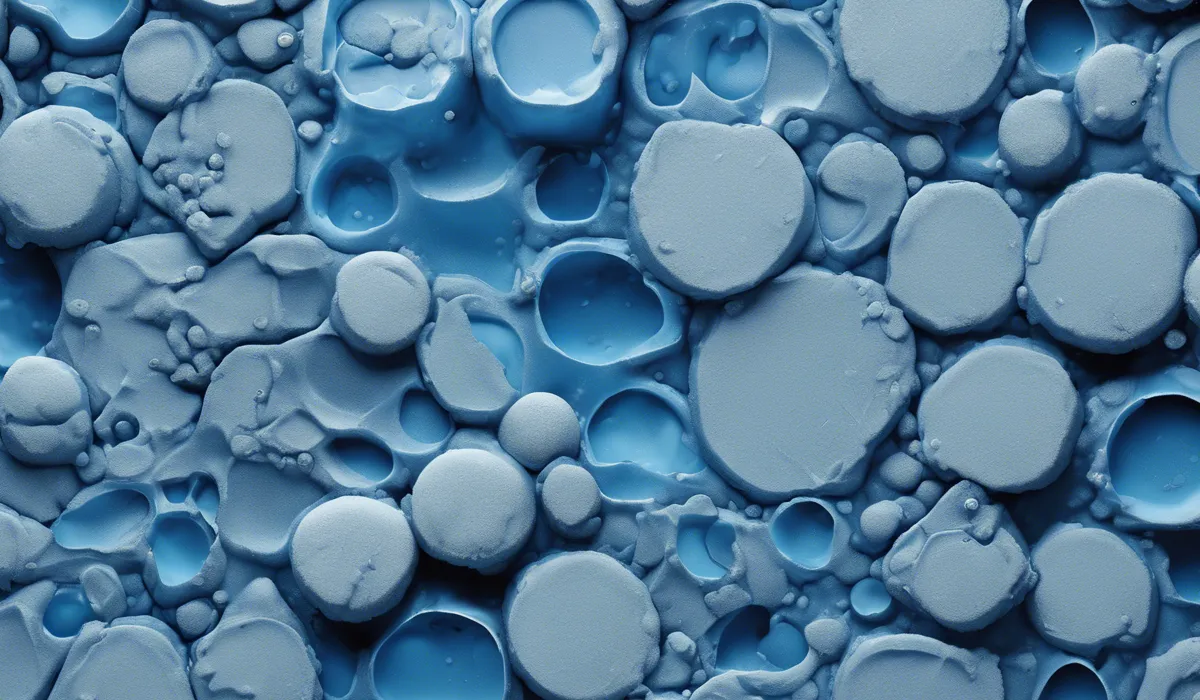Yes, mold can be blue. Various mold species, like Penicillium, often manifest as blue-green growth. It occurs on food and surfaces in damp environments. Identification of blue mold should be cautious, prompting mold remediation.
Understanding Mold Colors and Types

Exploring the World of Mold
Mold is a living organism that belongs to the fungi kingdom. It comes in thousands of species, each adapting to various environments. Mold spreads by releasing tiny spores that travel through the air.
When these spores land on damp surfaces, they begin to grow and multiply. Mold is not always harmful, but some types can cause health issues and damage to property.
The Meaning Behind Mold Colors
The color of mold can tell us a lot about its type and the potential risks it poses. While color alone cannot determine the exact species, it can provide clues.
Some colors may indicate that the mold produces toxins, while others are more benign. However, any visible mold in a home should be addressed.
Common Colors and Their Significance
Common mold colors include black, white, green, and yellow. Black mold, often associated with toxic species like Stachybotrys chartarum, can cause health problems.
Green and white molds are typically found on food and walls and may or may not be harmful. Yellow mold, often seen in damp bathrooms, can also vary in risk level.
Introduction to Blue Mold and Its Traits
Blue mold is a term used for several species of mold that appear blue or blue-green. These molds, such as Penicillium and Aspergillus, often grow on food and surfaces in humid conditions.
Blue mold can be a sign of spoilage in food and a warning of moisture issues in buildings.
Characteristics and Common Locations

Identifying Blue Mold
Blue mold is recognized by its distinct blue or blue-green color. It often has a fuzzy texture and musty odor. In food, it can appear as spots or cover large areas, depending on the level of growth.
Different Types of Blue Mold
Penicillium is a common type of blue mold known for its use in antibiotic production and cheese making.
Aspergillus is another type that can cause respiratory issues if inhaled. It’s essential to identify the specific type of blue mold, as some can have severe health implications.
Blue Mold’s Favorite Spots in Your Home
Blue mold thrives in damp, poorly ventilated areas. It’s often found in basements, bathrooms, and around windows where condensation occurs.
It can also appear on foods like bread, cheese, and fruits that have been left out for too long.
Health Risks of Blue Mold Exposure
Exposure to blue mold can lead to allergic reactions, asthma attacks, and respiratory infections, especially in sensitive individuals.
Long-term exposure to certain types of blue mold spores may lead to more serious health issues.
Prevention and Removal of Blue Mold

Proactive Measures to Stop Mold Before It Starts
Preventing mold growth is about controlling moisture in the environment. Use dehumidifiers in damp areas, fix leaks promptly, and ensure good air circulation throughout your home. Regular inspections can also help catch potential mold issues early.
The Key to a Mold-Free Home
Proper ventilation is crucial for preventing mold. Use exhaust fans in bathrooms and kitchens to remove excess moisture.
Ensure that your home has adequate ventilation to keep indoor humidity levels low.
Cleaning Strategies to Keep Mold at Bay
Regular cleaning can help prevent mold growth. Clean and dry any wet areas within 48 hours to stop mold from taking hold. Use mold-resistant products in areas prone to moisture, like bathrooms.
Removing Blue Mold Safely
If you find blue mold in your home, it’s essential to remove it carefully to prevent spore spread.
Small areas can be cleaned with a mixture of water and detergent. For larger infestations, protective gear and containment measures are necessary to protect your health and prevent cross-contamination.
When It’s Time to Call the Mold Professionals?
For significant mold problems or if you’re dealing with toxic species, it’s best to call in a professional mold remediation team.
They have the expertise, equipment, and protective measures to safely and effectively remove mold from your home.
FAQs About Blue Mold
Can mold appear blue in color?
Yes, mold can indeed appear blue. Species such as Penicillium are known to exhibit a blue-green color.
What type of mold is commonly blue?
The Penicillium species is a common type of mold that often manifests in blue-green hues.
Where can blue mold be found?
Blue mold can be found on various foods and surfaces that are located in damp environments.
Is blue mold dangerous?
Blue mold, like other molds, can be harmful, especially for individuals with allergies or compromised immune systems, which warrants careful identification and remediation.
What should I do if I find blue mold?
If you find blue mold, it is important to approach it with caution and consider professional mold remediation to ensure it is properly and safely removed.
Final Thoughts
Mold can indeed present as blue, especially species like Penicillium, which are known for their blue-green appearance.
This type of mold commonly arises on various foods and persists on surfaces within moist areas. When blue mold is spotted, caution is advised, and steps toward mold remediation should be considered to address the potential issue.
